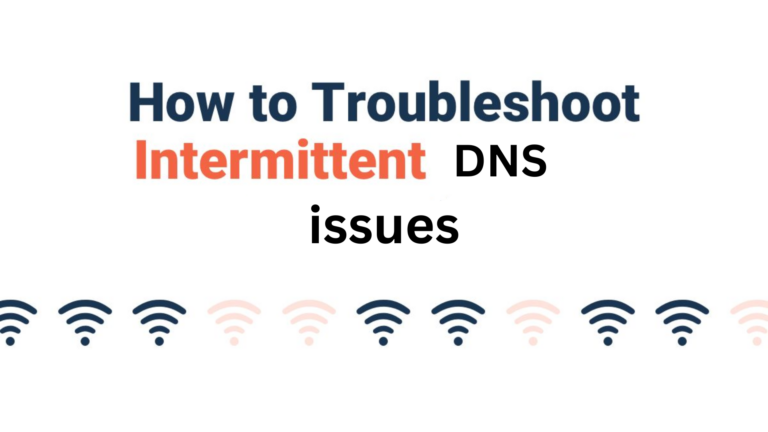What is a DNS rebinding attack?
A DNS rebinding attack is a way for hackers to trick a web browser into accessing restricted parts of a local network. This can lead to serious security issues, especially if sensitive data or devices are exposed.
How Does DNS Work?
To understand DNS rebinding, you first need to know what DNS (Domain Name System) does. DNS is like a phonebook for the internet. It translates human-friendly website names (like example.com) into IP addresses (like 192.168.1.1), which computers use to find and connect to websites.
How Does a DNS Rebinding Attack Work?
A DNS rebinding attack tricks a web browser into connecting to a different IP address than expected. Here’s how it happens:
- A user visits a malicious website – This site contains special code designed to perform the attack.
- The website gives a temporary IP address – The site first provides a harmless-looking IP address for its domain.
- The IP address quickly changes – After a short time, the domain points to a new IP address, which belongs to the victim’s local network.
- The web browser unknowingly makes requests to the local network – Because the browser still trusts the domain, it sends requests to devices inside the private network, such as routers, smart home devices, or internal company systems.
- The hacker gains access to private data – The attacker can now steal information, change settings, or even control devices in the local network.
Why is DNS Rebinding Dangerous?
DNS rebinding can allow attackers to:
- Access private data – Hackers can steal sensitive information from internal company systems or home devices.
- Control smart devices – Many smart home gadgets (like cameras and thermostats) are vulnerable to this attack.
- Modify router settings – Attackers can change Wi-Fi passwords or redirect network traffic to malicious sites.
- Bypass security measures – Since web browsers usually block direct access to local networks, DNS rebinding helps bypass these protections.
How to Protect Against DNS Rebinding
Here are some ways to prevent DNS rebinding attacks:
For Regular Users
- Use a secure DNS provider – Some DNS services block rebinding attacks automatically.
- Update router firmware – Many modern routers include protections against these attacks.
- Block suspicious websites – Avoid visiting unknown or untrusted websites.
For Network Administrators
- Disable DNS rebinding in routers – Some routers have a setting to prevent DNS rebinding.
- Restrict local network access – Use firewall rules to prevent unauthorized access to internal systems.
- Use a web proxy or VPN – These tools can help add an extra layer of security.
Conclusion
A DNS rebinding attack is a sneaky way for hackers to trick a web browser into accessing private networks. By understanding how it works and taking simple precautions, you can protect your devices and personal data from these types of attacks.






